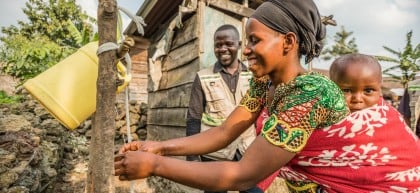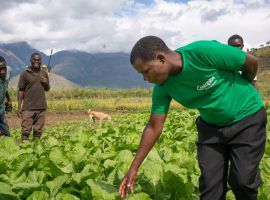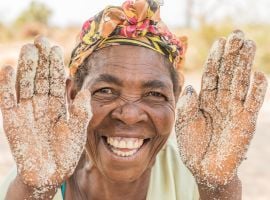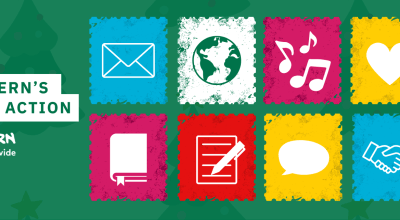
Knowledge Hub
What is a drought and how does it happen?
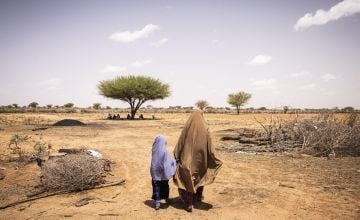
Defining a drought can be tricky. The word ‘drought’ has various meanings depending on the context– from socioeconomic to agricultural to meteorological – and the effects of a drought are often not immediately visible unlike, say, floods, making it difficult to identify.
A general definition of a drought is ‘a prolonged period of abnormally low rainfall, leading to a shortage of water’ [Oxford Dictionary]. They can happen over a long period and can be devastating to both the economy and human life.
How do they happen?
During a drought, there is so little rain that an entire region can start to dry out. When little or no rain occurs, plants and crops can die because the soil is too dry for them to grow. When rainfall is less than normal for several weeks, months, or even years, water levels start to fall dramatically. If dry weather continues and water-supply problems develop, the dry period can become a drought.
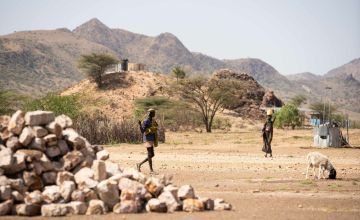
However, a shortage of rainfall does not necessarily mean a drought will occur. Sometimes, if a shortage of rainfall happens in cooler conditions, water evaporation from the soil slows down and plants have an easier time retaining moisture in the soil rather than returning it to the air (via transpiration). However, in warmer conditions, evapotranspiration (the total amount of water returned to the air by either evaporation or transpiration) increases, and dry conditions can develop faster and more easily. Environmental factors like climate change, ocean temperatures, changes in the jet stream, and changes in the local landscape all make a difference when it comes to droughts.
Why are they so devastating?
Droughts are particularly dangerous for people living in areas without enough food or water, or who are income or nutrition-dependent on what they grow. If crops fail and livestock die, there is not enough food to go around and malnutrition and drought-related diseases rapidly increase. Moreover, when a region is very poor and does not have enough food or water, arguments can happen over who should be able to access the goods, which can even escalate into larger scale conflict, with researchers linking the intensification of the Syrian conflict to a drought caused by climate change [NY Times].
From 1970 to 2012, drought caused almost 680 000 deaths [World Meteorological Organization].

What is happening in East Africa?
East Africa is experiencing one of its most extreme droughts in recent history. The situation is dire, with over 23 million people facing dangerous levels of hunger in Ethiopia, Kenya, and Somalia, and 7 million people in South Sudan.
Most people in the region rely on the land and their animals to survive. This drought is destroying their livelihoods. Millions of people are leaving their homes and villages in search of food, water and pasture. In the most desperate situations, families are selling their livestock so that they can buy food for their children.
It is estimated that one person is dying every 48 seconds from hunger in Ethiopia, Kenya and Somalia and millions more are at risk of starvation.
What can we do about it?
Concern is working hard to combat suffering and build resilience in East Africa. We are:
- Providing life-saving therapeutic food to severely malnourished children.
- Setting up cash transfers so families can buy the food they desperately need.
- Supporting 870 health centres across East Africa with the vital equipment they need to treat malnutrition and help families stay healthy.
You can find out more about what we're doing in Somalia in particular here.
A gift today could fund life-saving support for families facing starvation.
